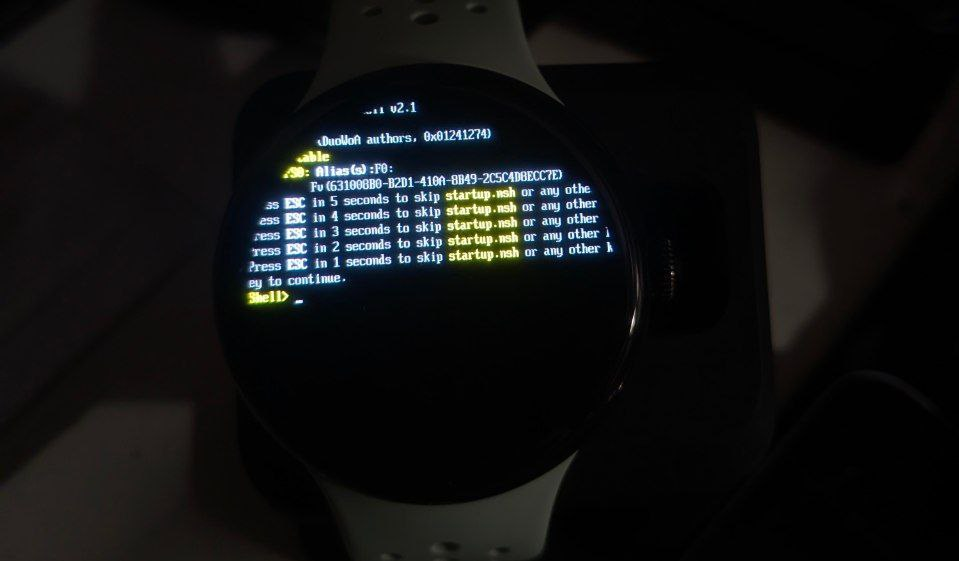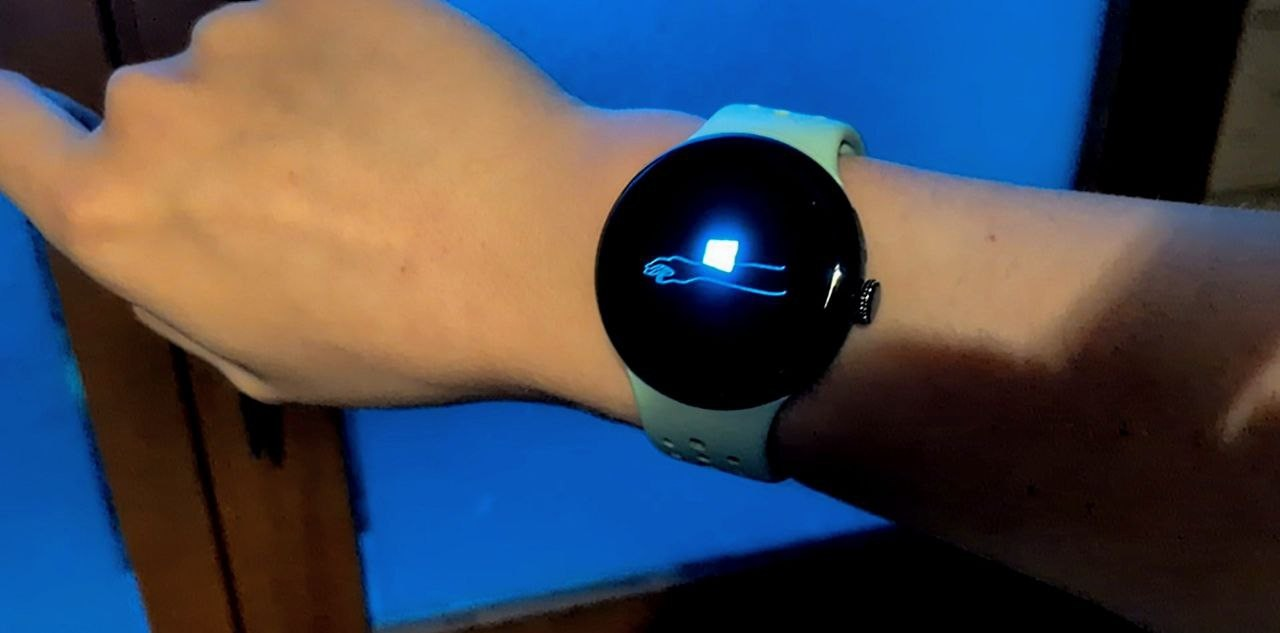Windows runs on laptops, PCs, and, I guess, phones, right? Well, what if I told you you could run it on your wrist, too? It turns out it’s entirely possible, and while you probably shouldn’t do it, someone installed Windows Pre-installation Edition (Windows PE) on a Google Pixel Watch 3 just because they could.
This is made possible by the fact that Qualcomm’s bootloader, which is used on Snapdragon chips and is known as XBL (eXtensible Bootloader), implements UEFI. In the boot process on modern Snapdragon chips used in Android devices, UEFI immediately passes control over to Aboot, or the Android Bootloader. You can theoretically take over during this boot process and point to your own EFI files, executable files for UEFI, and launch your own operating system, such as Windows.
This was done by developer gus33000, who has previously worked on porting Windows to the Microsoft Surface Duo. It’s crazy, it works, and you definitely shouldn’t do this yourself.
Windows on Arm, on your arm
The steps that were taken to make this possible are monumental. The Google Pixel Watch 3 packs four Cortex-A53 cores, dating back to October 2012, and won’t support atomic operations. It still works for the bare basics, though, which is why the goal was to get Windows PE running on it.
The first snag was actually in getting UEFI mode to work in the first place. It turns out that UEFI is not able to support such a low screen resolution (shocker, I know), and they needed to modify the UEFI to support it. Next up were the ACPI tables. ACPI tables are files that describe a device’s hardware layout and how things like timers, interrupt controllers, and serial ports are arranged. Windows needs these tables to know how to talk to the hardware, and they were able to take this data from the device tree of the Snapdragon 865.
With all of that done, Windows PE (based on Arm) was able to boot on the Google Pixel Watch 3. In order to circumvent storage limitations (as the Pixel Watch 3 only has 32GB of storage), it required abusing the dual-slot architecture so that it could run. Android devices use two partitions for system components: slot A and slot B. This means an update can be applied in the other slot, and then when it’s ready, the device can reboot into the newly updated system.
This system is convenient as it means updates can be applied while the device is still running, and it also means that if corruption occurs, the system can just boot back into the old, working system and try again. In this case, gus33000 overwrote the “modem_a” slot with their own boot files and a trimmed Windows PE version, which was able to fit in the small 150MB of space.
Since then, gus33000 has also demonstrated how they could mount the Google Pixel Watch 3 as a UEFI mass storage device. This means you can modify the file contents from within Windows without needing root access on the watch either. While it started as an April Fool’s joke, it’s actually a genuinely interesting project, and I entice you to check out the official GitHub for the project.
Should you try this yourself? Absolutely not, unless you’re ready to risk bricking your device and voiding every warranty imaginable. Even then, the payoff is likely just a command prompt on a tiny screen. But from a purely “wow, that’s cool” angle, it’s a fascinating look at what’s possible when you dig into the guts of a device and bend the rules of what an operating system is “supposed” to run on.












